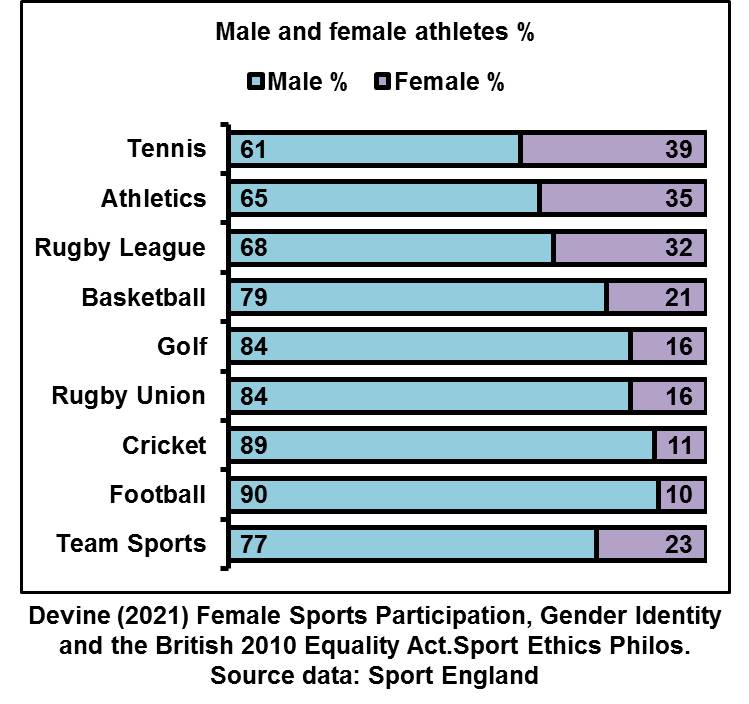
I’ve read it about ten times and it’s just a hot mess of platitudes (not always bad), overlapping concepts, absent definitions and inconsistent ‘rules’.
Devil’s advocate: I could have written a better framework document for them.
Devil’s advocate: I could have written a better framework document for them.
https://twitter.com/seaningle/status/1460671846156836867
You can test trans athletes for ‘disproportionate’ advantage but it can’t be a test initiated because of their sex or gender identity 😂 

If ‘unfair’ is defined as ‘an advantage gained by altering one’s body’, that’s transmen on testosterone out then. <no laughing face> 

And if ‘disproportionate’ is defined as ‘outside reasonable advantage in elite comp (not verbatim)’, why are they congratulating Hubbard, whose winning margins in age-matched elite comp were well beyond typical winning margins? 🙄
• • •
Missing some Tweet in this thread? You can try to
force a refresh







